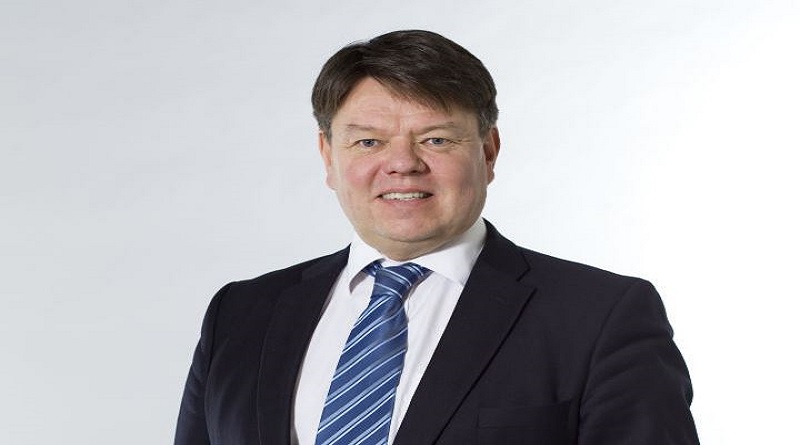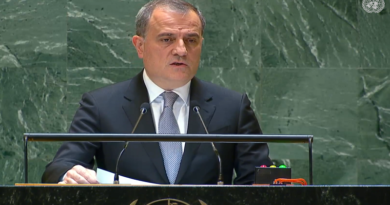WMO, climate central launch new series of climate reports
Television weather presenters have explored how climate change would make future summers even hotter in some of the world’s major cities even as the year as been marked by heat waves and new daily temperature records.
If greenhouse gas emissions continue to increase, Earth’s average global surface temperature could rise more than 4°C (7.2°F) by the end of the 21st century. But what does this global average really mean for the daily lives of people living in Madrid, or Ha Noi, or Montreal?
To find out, Climate Central, a research and communications organization based in the United States of America, downscaled the global climate models assessed by the Intergovernmental Panel on Climate Change to see the effect on summer temperatures in various cities by the year 2100. It used two different climate change scenarios (high emissions and moderate emissions) and matched each selected city with a city that already experiences such temperatures.
WMO and Climate Central invited weather presenters from a dozen countries to work with meteorological services and other national experts to explore the implications. For example, by the end of the century the citizens of Paris (where daily summer high temperatures now average 22.7°C) may see summer high temperatures like those today in Fez, Morocco (29.2°C).
Many of the assessed cities could see their maximum daily temperatures in summer rise by as much as 6-9°C. No place on Earth is currently as hot as the summer highs that cities such as Doha and Baghdad could experience if global emissions remain high.
Other cities featured in the videos include Barcelona, Berlin, Brussels, Buenos Aires, Cape Town, Frankfurt, Hanoi, Havana, Kampala, Madrid, Montreal, Nairobi, Sofia and Tokyo.
“What the weather presenters have created are only possible scenarios, and not true forecasts. Nevertheless, they are based on the most up-to-date climate science, and they paint a compelling picture of how climate change may impact daily life in cities where most of the world’s population lives. Urban warming could be double that of surrounding areas due to the presence of stone materials and paved roads. This would lead in particular to higher night-time temperatures,” said WMO Secretary-General Petteri Taalas.
“The enhanced heat – and an expected increase in associated extreme weather like summer storms – will have major implications for energy and water supplies, public health and transportation. More intense heatwaves would also often lead to poorer air quality, which can even be lethal,” he said.
Miguel Ángel Mancera, the Mayor of Mexico City and the Vice Chair of C40 Cities for Latin America, said: “By 2050, about 80 per cent of the world’s population will live in urban areas. Fortunately, a growing number of cities around the world have committed to taking action to reduce emissions and pursue sustainable development. I am convinced that with local action we can achieve global goals.”
The new video series is part of an initiative by WMO and weather presenters to make climate science more accessible so that the public can better understand how climate change affects the local and national weather conditions that impact our daily lives.
In a similar exercise, WMO previously worked with some 60 weather presenters on “weather reports from the year 2050.” Four series of reports were launched in conjunction with the Paris climate change conference (COP 21), the Third World Conference on Disaster risk Reduction held in Sendai, the Lima climate change conference (COP 20) and the UN Climate Summit in New York.




